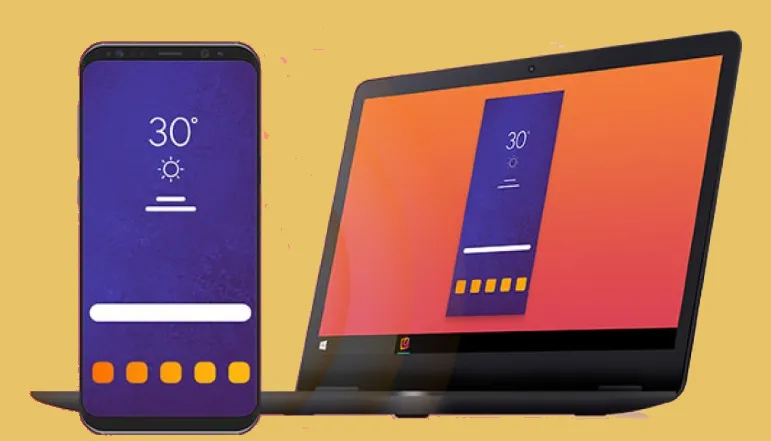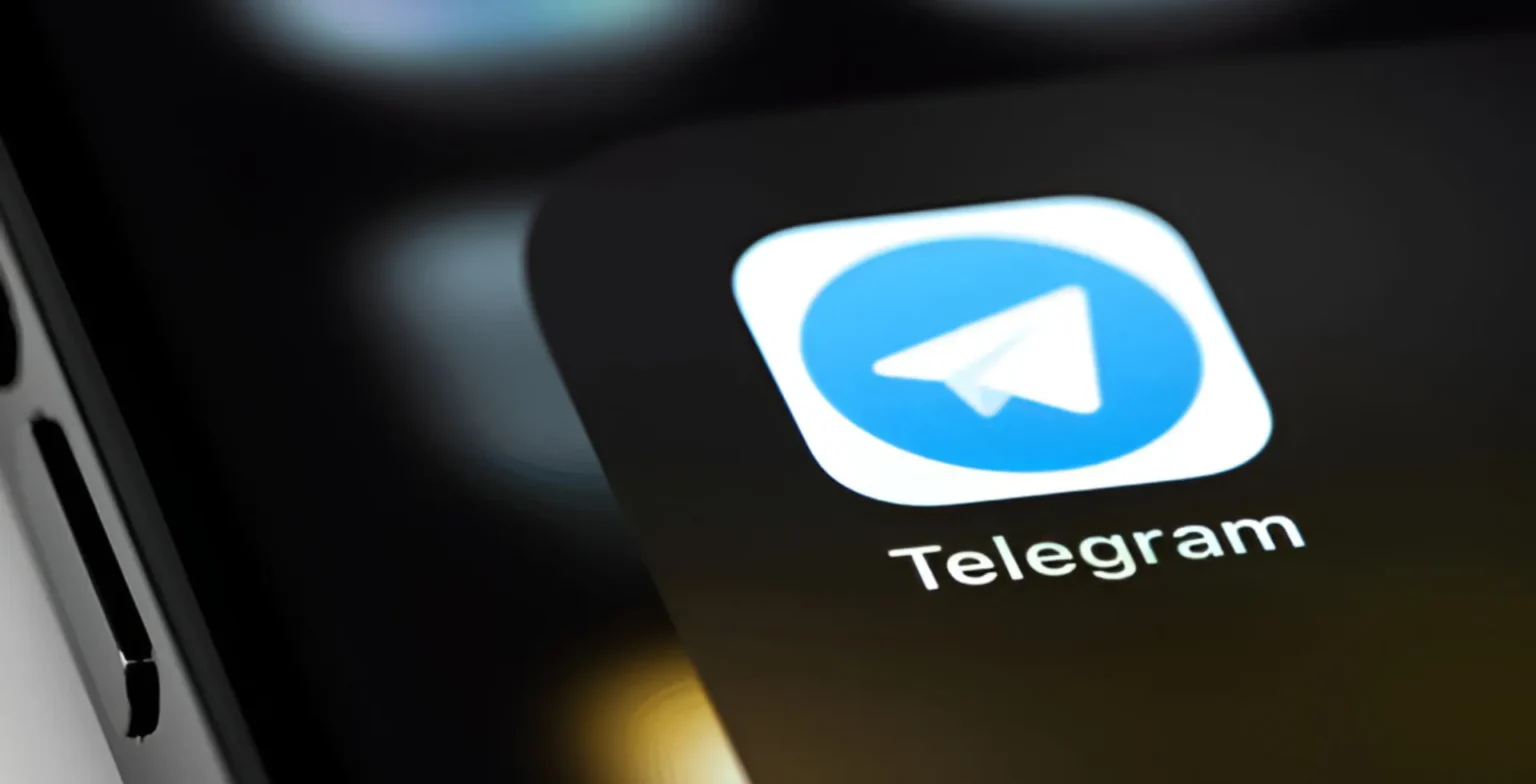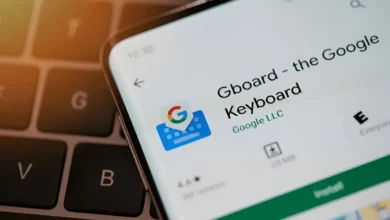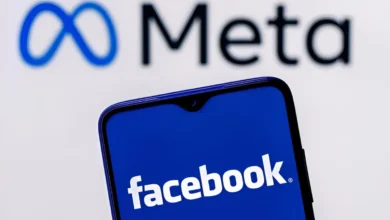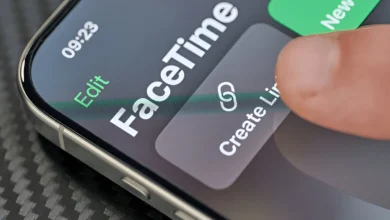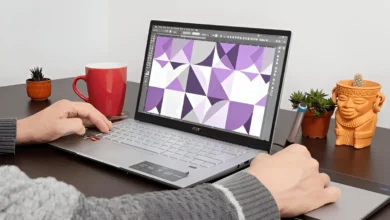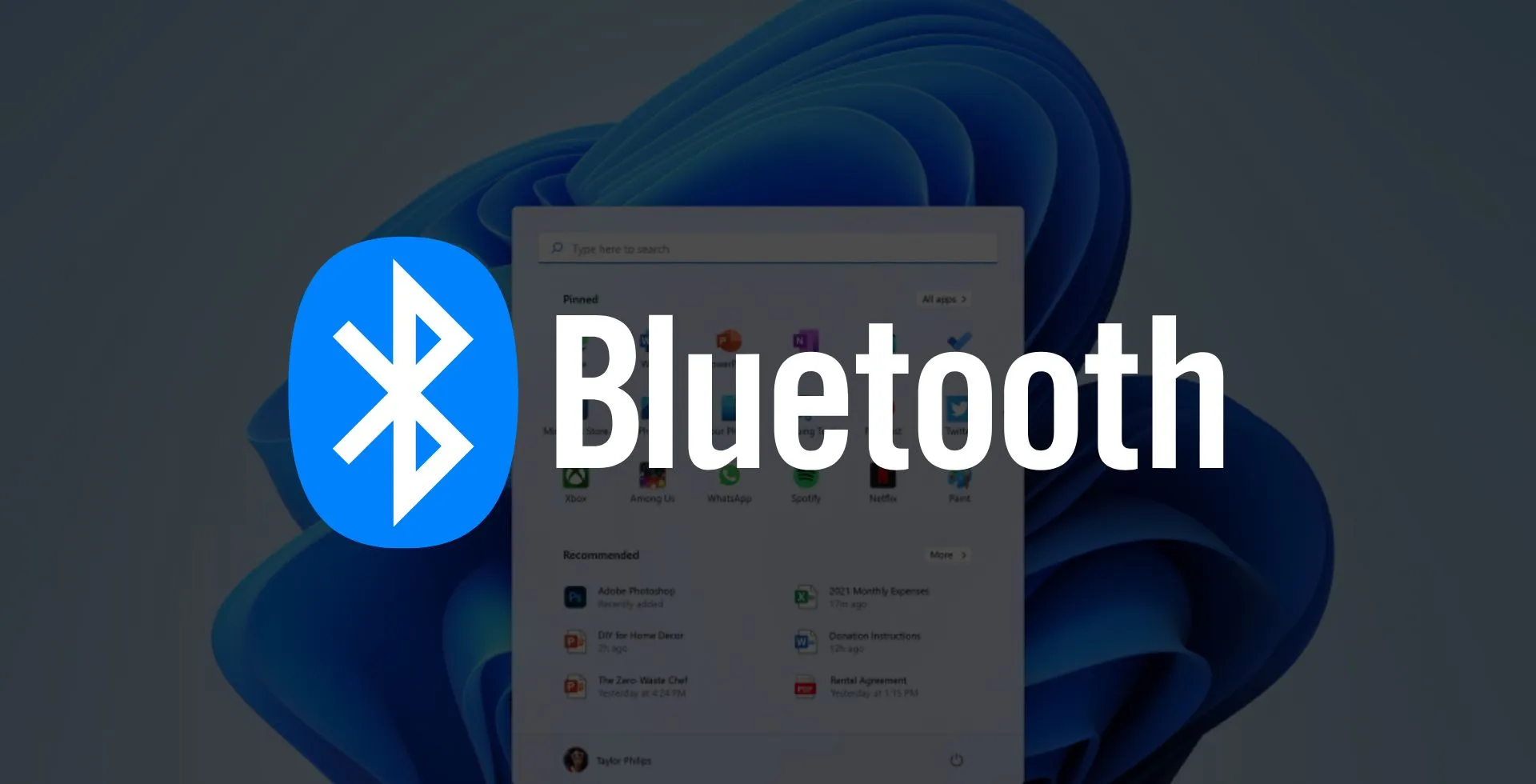
It can be frustrating when the Bluetooth option disappears from your Windows 11 computer. There could be several reasons for this issue, including a driver problem, temporary system glitch, or misconfigured settings. Fortunately, there are some ways you can recover your Bluetooth option.
If you are experiencing a missing Bluetooth feature in Windows 10,1, here is a comprehensive guide to fixing it.
#1. Run Windows Troubleshooters
The built-in troubleshooters in Windows can diagnose and fix problems with the system, including Bluetooth.
How to Run Bluetooth Troubleshooter
- Press Win + I to open the Settings app.
- Go to System > Troubleshoot > Other troubleshooter.
- Click the Run button next to Bluetooth.

The issue will then run a Windows scan and attempt to fix problems with currently associated Bluetooth devices.
Run the Hardware and Devices Troubleshooter
- Press Win + R to open the Run dialog.
- Type
msdt.exe -id DeviceDiagnostic.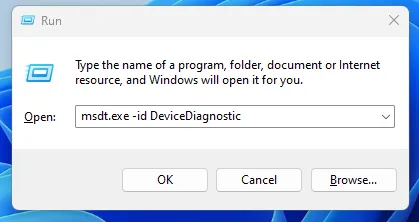
- Press Enter.
- Click on Next button.

- Follow the on-screen instructions to complete the process.
#2. Perform a Power Cycle
Most temporary glitches that produce hardware issues can be resolved by power cycling.
- Shut down your computer and unplug it from the power source.
- Press and hold the power button for 30 – 60 seconds to discharge residual power.
- Wait a few minutes, disconnect the power supply, turn your computer off, and reconnect it to the power supply.
#3. Check the Quick Settings Panel
If you were unaware, this toggle was on the quick settings panel. If you right-click the quick settings panel, you will see the toggle button if it was not removed accidentally.
How to Restore the Bluetooth Toggle
- Press Win + A to open the Quick Settings panel.
- Click the pencil icon to edit the panel.
- Select Add option.
- Choose Bluetooth from the list to re-add it.
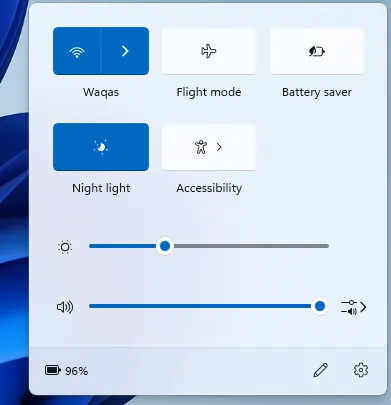
#4. Check Bluetooth Settings
If you are missing the Bluetooth icon in your system tray or taskbar, your Bluetooth may have been disabled in settings.
How to Enable the Bluetooth Icon
- Open the Start menu.
- Go to Settings > Bluetooth & devices > Devices.
- Click on More Bluetooth settings.
- Tick the box to Show the Bluetooth icon in the notification area.
- Click Apply and then OK.

#5. Turn Off Fast Startup
While Fast Startup is a handy way to shorten boot time, it can sometimes interrupt your Bluetooth.
- Open the Control Panel.
- G to Power Options.
- Click Choose what the power buttons do from the left sidebar.
- Select Change settings that are currently unavailable.
- Uncheck Turn on fast startup (recommended).
- Click Save Changes and restart your PC.

#6. Configure the Bluetooth Support Service
Bluetooth Support Service maintains your PC’s Bluetooth functionality. If this service isn’t running, Bluetooth won’t work.
How to Configure the Service
- Press Win + R.
- Type
services.mscand press Enter.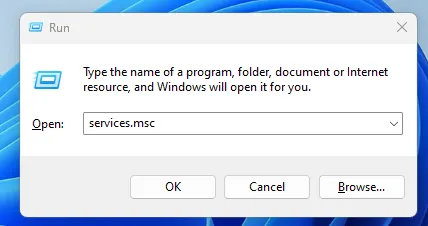
- Find and double-click Bluetooth Support Service.
- Set Startup type to Automatic.
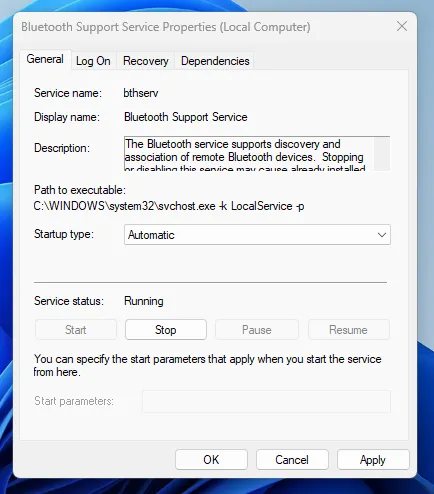
- Click Apply and then OK.
- Restart your PC.
#7. Run SFC and DISM Scans
If you are experiencing Bluetooth issues, they can also be caused by missing or corrupt system files. Running SFC and DISM scans can fix these problems.
- Press Win + X.
- Select Terminal (Admin).
- Run the following command to perform an SFC scan:
sfc /scannow - After the scan completes, run this DISM command:
DISM.exe /Online /Cleanup-image /Restorehealth - Restart your PC.
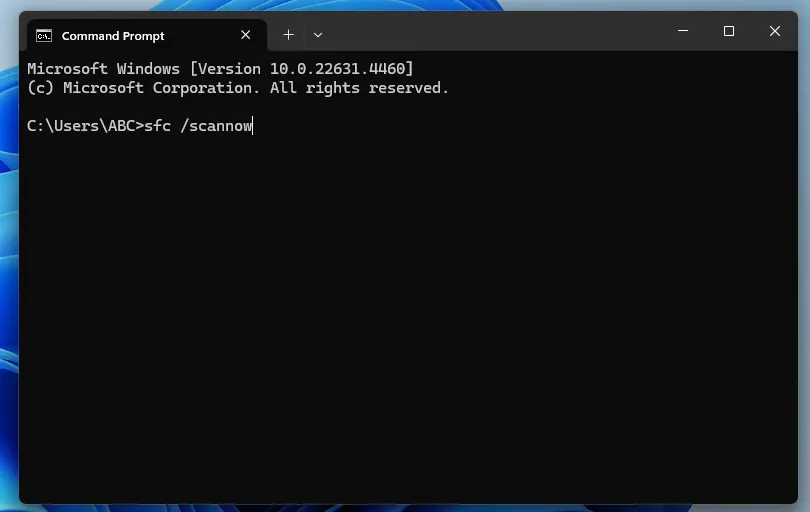
All of the above can result in the disappearance of the Bluetooth option on Windows 11.







